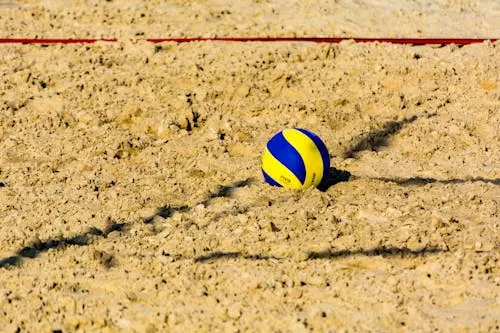Volleyball Substitution Rules

Volleyball Substitution Rules: Guidelines for Player Substitutions and Team Rotations
Volleyball is a fast paced sport that requires strategic planning, teamwork and adherence to specific rules, including those governing player substitutions and team rotations.
Understanding these rules ensures a smooth game flow and maximizes team performance. This article provides a comprehensive guide to volleyball substitution rules, including player limits, eligibility and rotation guidelines.
Understanding Volleyball Substitutions
Substitutions in volleyball allow teams to replace players on the court with those from the bench. These changes help teams maintain optimal performance, adapt to different situations and give players rest when needed.
However, substitutions must follow specific regulations set by governing bodies like the Fédération Internationale de Volleyball (FIVB), USA Volleyball (USAV) and the National Collegiate Athletic Association (NCAA).
Basic Rules for Substitutions
Maximum Number of Substitutions
- In international play (FIVB rules), teams are allowed a maximum of six substitutions per set.
- In NCAA and USAV competitions, teams can have up to 12 substitutions per set.
- High school rules (NFHS) allow 18 substitutions per set.
Re-Entry Restrictions
- A player can only enter the game in one position per set.
- A substituted player may return to the game but only for the same player who replaced them.
- Once a player has exited and re-entered in their designated substitution pattern, they cannot be substituted for another player.
Libero Substitutions
- The libero is a specialized defensive player who can replace any back row player without counting toward the total number of substitutions.
- The libero cannot serve, attack the ball above the net’s height, or block.
- The libero substitution must be completed during a dead ball and before the referee signals for service.
Proper Substitution Procedures
Requesting a Substitution
- The coach or captain must request a substitution from the referee during a dead ball.
- The substitute must wait in the designated substitution zone near the scorer’s table before entering the court.
Execution of the Substitution
- The player entering the game must wait until the referee acknowledges the substitution.
- Both players must exchange positions quickly to avoid game delays.
Illegal Substitutions
- If a team exceeds its allowed number of substitutions, the referee will issue a penalty.
- Incorrect substitutions, such as an ineligible player entering the game, result in a point or side out for the opposing team.
Understanding Team Rotations
Rotations in volleyball dictate how players move through their positions on the court. Each rotation must be followed correctly to ensure fair play and maintain strategic positioning.
Basic Rotation Rules
Rotation Order
- Teams must follow the set rotation order established at the beginning of the set.
- Players rotate clockwise each time their team gains the serve from the opposing team.
Positioning on the Court
- At the moment of service, players must be in their correct rotational positions relative to their teammates.
- Front row players must be positioned ahead of the corresponding back row players.
Overlapping Violations
- Players must not move out of their designated positions before the serve.
- An overlapping violation results in a point for the opposing team.
Strategic Considerations for Rotations
Setter Positioning
The setter usually rotates to the back row after serving, allowing three front row hitters for offensive plays.
Defensive Strategies
Coaches often position their best blockers and passers in specific rotation spots to maximize defensive efficiency.
Serving Rotations
- Each player must serve in turn according to the rotation order.
- If a player serves out of turn, the team incurs a penalty and the opponent gains the point and serve.
Common Rotation and Substitution Mistakes
Exceeding the Allowed Number of Substitutions
Coaches must track substitutions carefully to avoid penalties.
Improper Positioning
Players moving too soon before the serve can lead to rotational faults.
Illegal Libero Substitutions
The libero must follow proper entry and exit rules without violating position constraints.
Conclusion
Understanding and following volleyball substitution rules and team rotations is crucial for teams to perform efficiently and avoid penalties. Adhering to these guidelines ensures a fair game, maximizes strategic potential and keeps gameplay smooth.
Coaches and players should familiarize themselves with these rules to improve their team’s performance and maintain compliance with official regulations.


